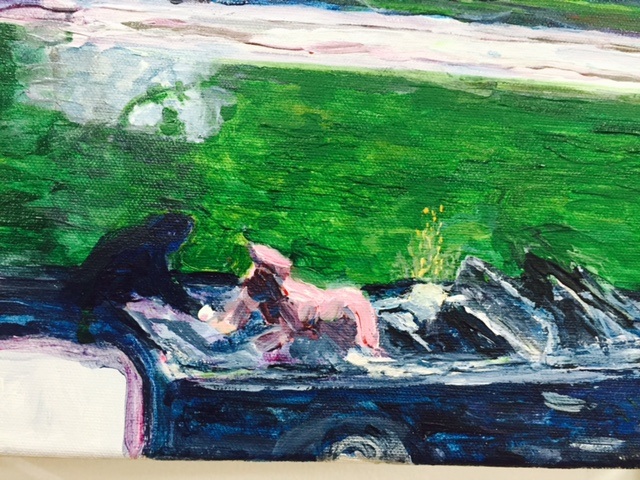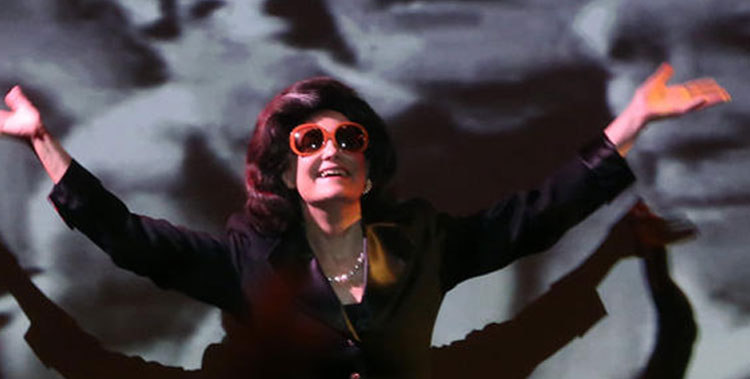If there was a central flaw or fracture to Karen Finley’s The Jackie Look, it had mostly to do with a lack of clarity of its dramatic objective and trajectory. Finley seemed to be trying to both deconstruct an icon (or more precisely its refractions and reflections in...

Trust the Momentum – Karen Finley: Love Field
read more


